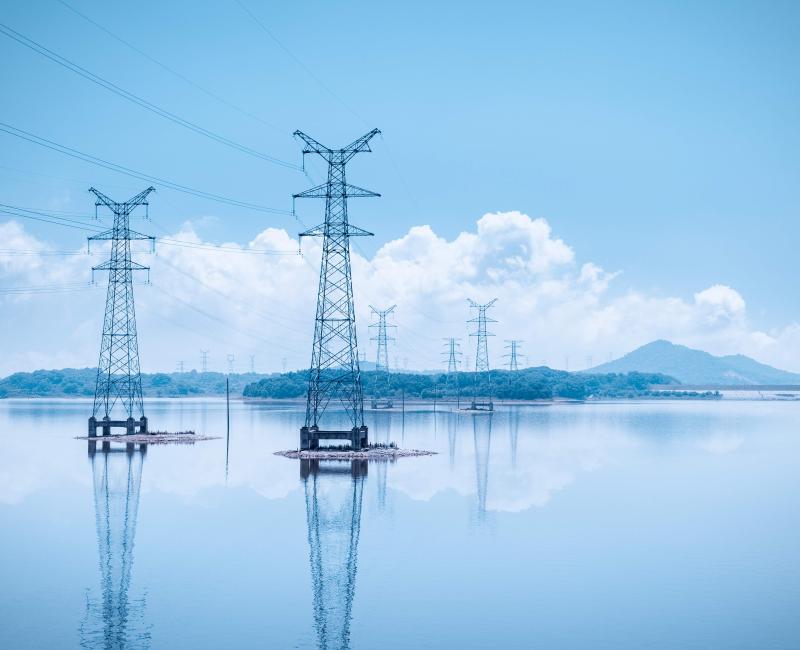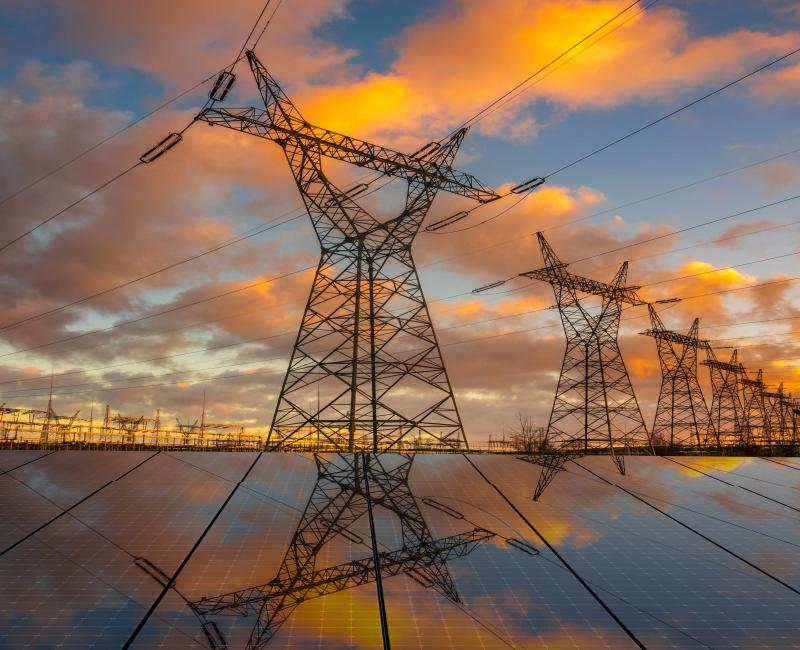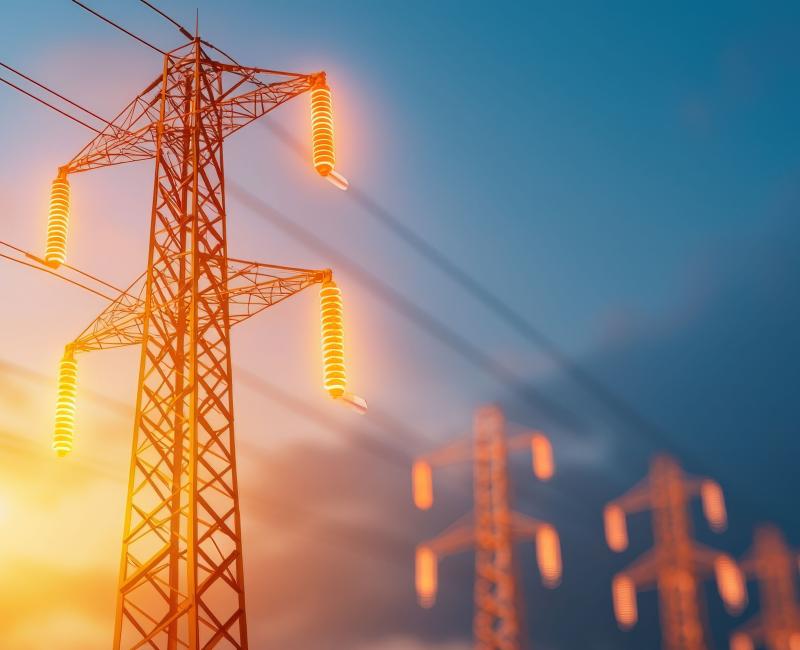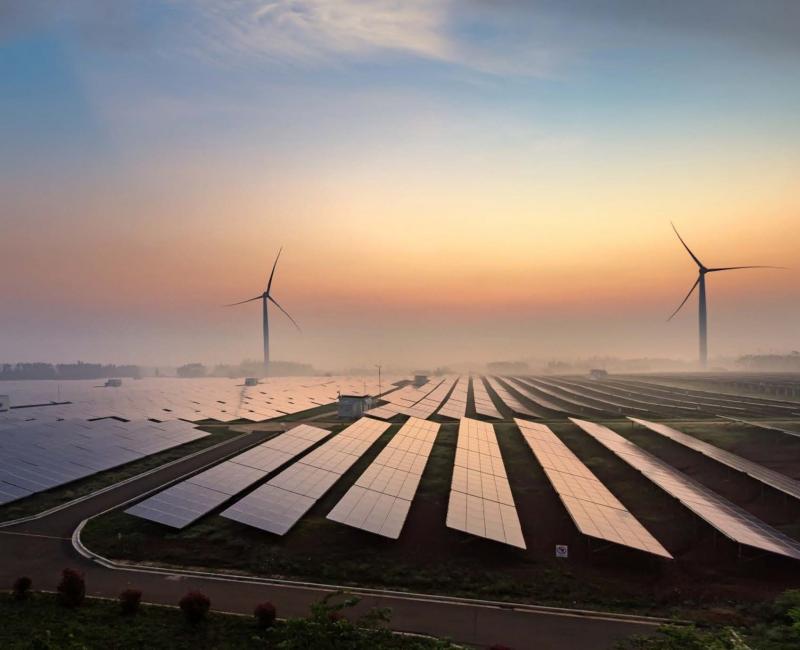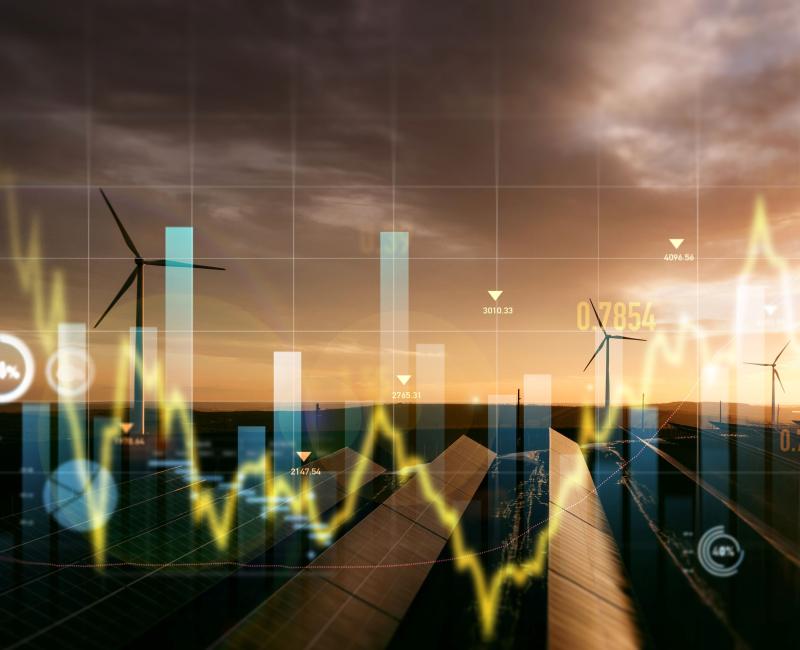ACER on ENTSO-E’s 2024 draft ten-year electricity network development plan: progress made, but room for improvement

ACER on ENTSO-E’s 2024 draft ten-year electricity network development plan: progress made, but room for improvement
What is it about?
ACER publishes today its Opinion on the draft electricity ten-year network development plan (TYNDP) 2024 and the Infrastructure Gaps Identification report 2024, submitted by the European Network of Transmission System Operators for Electricity (ENTSO-E).
What is the TYNDP and why is it important?
Cross-border electricity infrastructure is key to interconnecting Europe’s electricity markets, making it easier to share electricity across countries. This is important to integrate more renewables onto the grid and achieve ambitious decarbonisation goals.
Every two years, European grid operators submit their draft EU-wide ten-year network development plan (TYNDP) to ACER for its opinion. Given the scale of infrastructure needs and that related costs are expected to make up a growing share of electricity bills, having a robust and fit-for-purpose TYNDP is key to efficient grid development.
The TYNDP is expected to play a central role by identifying cross-border energy infrastructure needs and ensuring that projects bringing the most benefit for the EU are put forward.
On 9 April 2025, ENTSO-E submitted its 2024 draft TYNDP to ACER, along with the electricity Infrastructure Gaps Identification report. Developed within the framework of the TYNDP 2024, the latter provides a pan-European view of future power system needs up to 2050, focusing on cross-border infrastructure and storage capacities. It highlights where current or planned electricity projects might be insufficient to meet those future needs.
In its Opinion 04-2025, ACER provides recommendations to be addressed by ENTSO-E to finalise its 2024 TYNDP and prepare future editions. ACER’s recommendations aim to support investment decisions and facilitate the efficient development of the European electricity grid, in line with broader EU policy goals.
What are ACER’s main findings and recommendations on the 2024 draft TYNDP?
ACER welcomes the progress made so far and acknowledges ENTSO-E’s continued effort to introduce improvements in each new edition of the TYNDP.
ACER finds that the 2024 draft TYNDP generally contributes to the objectives of non-discrimination and effective competition but does not sufficiently contribute to the efficient functioning of the electricity market or ensure an adequate level of cross-border interconnection open to third-party access.
While recognising the complexity of the TYNDP process within its two-year timeframe, ACER notes that several of its previous recommendations remain unaddressed, including the need to improve timeliness and transparency. Other aspects, like enhancing the granularity of the information provided, also need to be addressed.
What does ACER recommend to ENTSO-E for future electricity TYNDPs and Infrastructure Gaps Identification reports?
Ensure timely submission of the TYNDP and of the Infrastructure Gaps Identification report to ACER by addressing the root causes of the recurring delays.
Conduct substantial consultations on assumptions and methodologies used, well before the drafting begins.
Strengthen the medium-term analyses (over a 10- or 15-year horizon) to identify future infrastructure gaps and assess projects’ costs and benefits more effectively.
Improve transparency and consistency of the information on existing grids and projects.
Base the modelling of the electricity network on an appropriate starting grid (for the gaps analysis) and reference grids (for the cost-benefit assessment).
Provide more granular information on infrastructure needs and gaps, including an analysis of capacity constraints within Member States’ networks.
Improve transparency of the cost-benefit analysis (CBA) results and continue work towards full implementation of the 4th CBA Guideline.
Ensure full compliance with ACER’s Scenario Framework Guidelines and its Opinion on ENTSOs’ draft TYNDP 2024 Scenario Report.
What are the next steps?
ENTSO-E is asked to implement ACER’s recommendations both to finalise the 2024 TYNDP and to further improve its upcoming editions.
